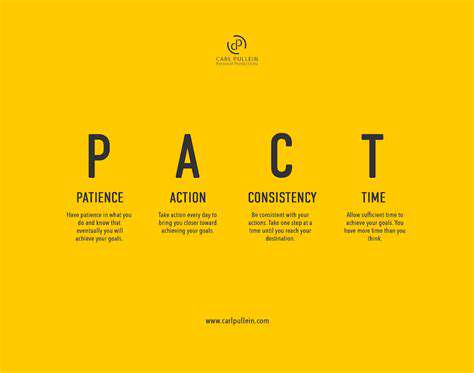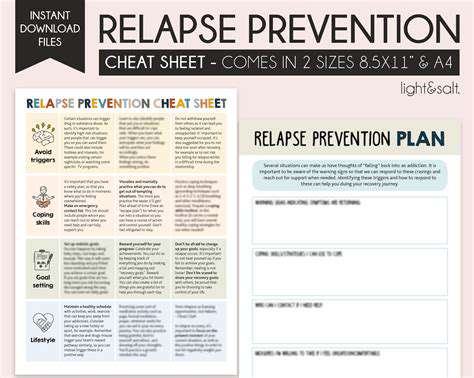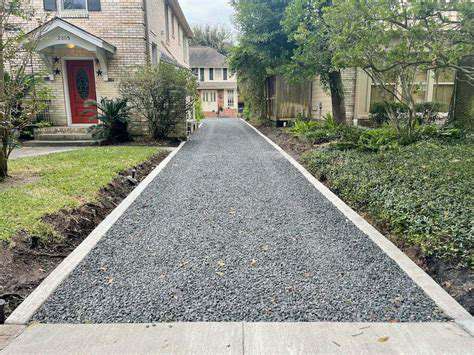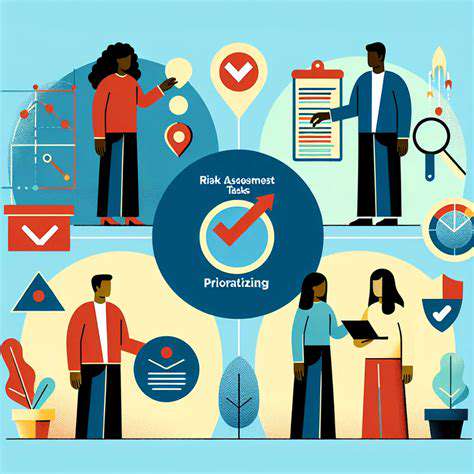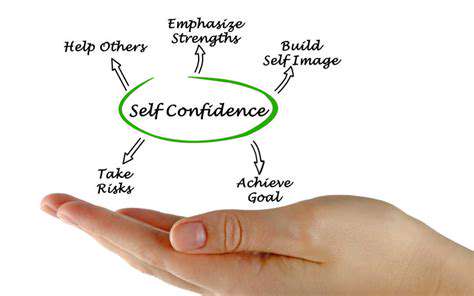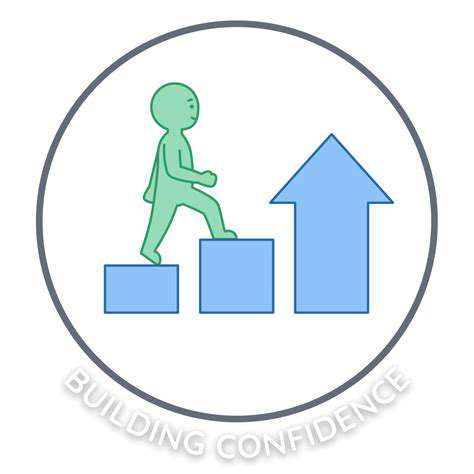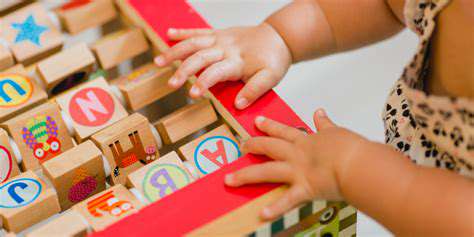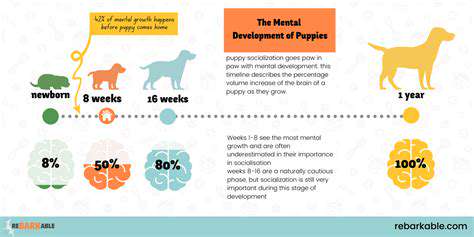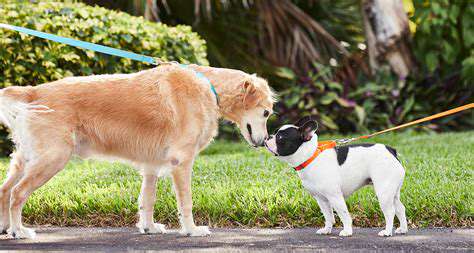Introducing Your Puppy to the Garden: Safe Exploration and Socialization
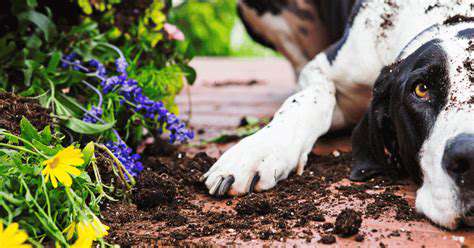
Essential Steps for a Puppy-Proofed Paradise
Creating a safe and enjoyable outdoor space for your new puppy requires careful planning and execution. Puppy-proofing your garden involves more than just removing potential hazards; it's about establishing a secure environment that encourages positive exploration and prevents accidents. Understanding your puppy's natural curiosity and tendencies will guide your approach, ensuring a happy and healthy outdoor experience.
Identifying and Removing Toxic Plants
A crucial aspect of puppy-proofing your garden is identifying and removing any poisonous plants. Many common garden plants, such as lilies, azaleas, and rhododendrons, can be extremely harmful or even fatal to dogs. Thorough research and careful plant selection are essential for a safe outdoor environment for your furry friend.
Carefully inspect every plant in your garden and remove any known toxic varieties. Consult with your veterinarian or a local pet store for a comprehensive list of plants that are detrimental to dogs.
Securing Fencing and Boundaries
Fencing is paramount for preventing your puppy from escaping the garden and venturing into potentially dangerous areas. Ensure that the fence is sturdy, high enough to deter jumping, and securely anchored to prevent digging or pulling. This precaution is vital for the safety and well-being of your puppy.
Managing Potential Choking Hazards
Small objects, such as pebbles, stones, or even small toys, can pose a significant choking hazard for puppies. Regularly inspect the garden for any loose debris or small items that your puppy might ingest. Clearing these potential hazards will contribute significantly to your puppy's safety.
Providing Safe and Engaging Play Areas
A properly puppy-proofed garden should include designated play areas that are free from potential dangers. This could involve creating a fenced-in area with appropriate toys and resources. This approach not only keeps your puppy safe but also fosters healthy play habits and exploration in a controlled environment.
Managing Water Features and Pools
If you have a pond, fountain, or pool in your garden, ensure that it is securely fenced or covered to prevent accidental drowning. This is a critical safety measure, especially for puppies who are still learning to navigate their surroundings. Always supervise your puppy closely around water features.
Regular Cleaning and Maintenance
Regular cleaning and maintenance are crucial to maintaining a safe and hygienic environment for your puppy. This involves removing any droppings promptly, ensuring that waste bins are securely covered, and keeping the garden free from any potential irritants. Consistent upkeep is key to preventing health issues and maintaining a clean and pleasant outdoor space for your puppy.
Introducing Your Puppy to the Garden: Gradual Exposure
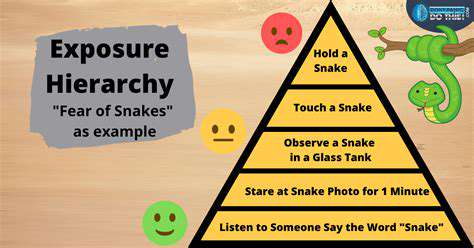
Initial Introductions and Supervision
Introducing your new puppy to your garden for the first time is a crucial step in their socialization and safety. It's essential to ensure the garden is safe and secure, free from potential hazards like poisonous plants, harmful chemicals, or sharp objects. Always supervise your puppy closely during these early explorations, preventing them from ingesting anything dangerous or engaging in potentially harmful behaviors.
Start with short, controlled sessions in a designated, fenced-off area of the garden. This allows for gradual exposure and helps them learn appropriate behavior within the garden environment. Introduce them to different scents and textures, like grass, flowers, and trees, but keep a watchful eye to prevent any unwanted digging or chewing.
Understanding Puppy Play and Garden Exploration
Puppies are naturally curious and love to explore, and the garden offers a wealth of sensory stimulation. Understanding your puppy's play style is key to ensuring a positive experience. Observe their interactions with the garden environment – are they sniffing, digging, or chasing butterflies? Recognizing their natural behaviors will help you guide them appropriately.
Allow for exploration, but also be mindful of potential hazards. Keep an eye out for any signs of distress or discomfort, and immediately remove them from the situation if needed. Learning to identify your puppy's signals is paramount in preventing problems and ensuring their well-being in the garden.
Establishing Boundaries and Rules
Establishing clear boundaries and rules within the garden is vital for maintaining a safe and harmonious environment for both you and your puppy. This involves consistent training and positive reinforcement, teaching them what is acceptable and unacceptable behavior in the garden. Using positive reinforcement techniques, like treats and praise, will strengthen desirable behaviors.
Teach your puppy specific commands, like leave it and stay, to help control their actions in the garden. This will help prevent them from digging in inappropriate areas, chewing on plants, or chasing after birds or other animals that might be present. Consistent enforcement of these rules will help your puppy understand and respect the boundaries of your garden.
Garden Safety and Hazard Prevention
Puppy-proofing your garden is an important aspect of ensuring their safety and well-being. This involves removing any potential hazards, such as toxic plants, poisonous chemicals, or sharp objects. Thoroughly research plants and chemicals in your area to identify any potential dangers.
Fence off any areas that are off-limits or contain potential dangers. This will help prevent accidents and ensure that your puppy doesn't access harmful substances or areas where they could get hurt. Regularly inspect the garden for any new hazards that might arise and remove them promptly.
Rewarding Good Behavior and Positive Reinforcement
Positive reinforcement is key to shaping your puppy's behavior in the garden. When your puppy displays good behavior, such as staying on the designated area, or avoiding inappropriate actions, reward them with praise, treats, or toys. This reinforces the desired behavior and encourages them to repeat it.
Consistent positive reinforcement will help your puppy learn to associate good behavior in the garden with positive outcomes. This creates a positive experience and helps them view the garden as a safe and enjoyable space. Remember that patience and consistency are essential in this process.
Using lip liner before applying lip stain can dramatically enhance the look and longevity of your application. A lip liner creates a precise, defined edge for your stain, preventing feathering and bleeding. Choose a liner shade that complements your lip stain color, either matching it precisely or creating a subtle contrast. This step will help the stain stay in place, preventing it from smudging or transferring to your teeth, and will generally enhance the overall look and longevity of the stain.
Socializing Your Puppy in the Garden Setting
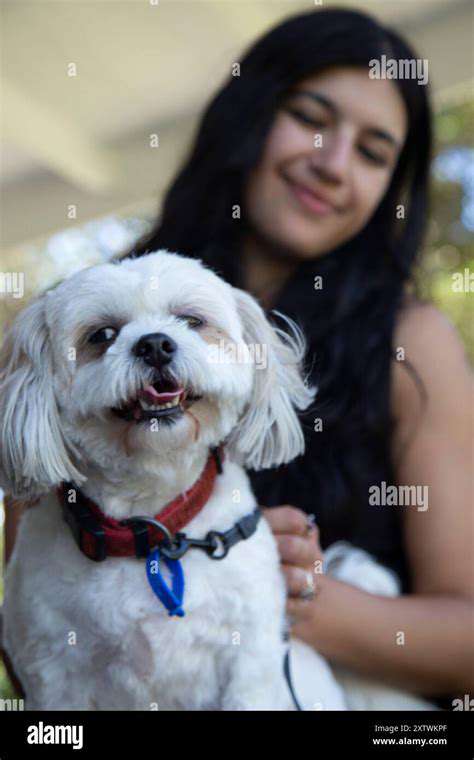
Understanding the Importance of Early Socialization
Early socialization is crucial for puppies because it helps them develop into confident and well-adjusted adult dogs. Introducing your puppy to a variety of people, animals, and environments during their sensitive period can prevent behavioral issues later in life. Proper socialization fosters positive interactions, reducing fears and aggression. It’s essential to create a safe and controlled environment where your puppy feels comfortable exploring new experiences.
Neglecting socialization can lead to shy, anxious, or aggressive behavior, making it difficult for your puppy to adapt to everyday situations. Consistent and positive exposure during the early weeks ensures they learn appropriate responses. Remember, each puppy is unique and requires tailored socialization plans based on their temperament and comfort levels.
Choosing the Right Time and Place for Socialization
The optimal window for socializing your puppy is between 3 and 14 weeks of age, during which their brain is most receptive to new experiences. Providing socialization opportunities within this period can significantly influence their future behavior and emotional resilience. Select calm, controlled settings for initial introductions to prevent overwhelming your puppy. Gradually increasing the complexity of environments helps build their confidence without causing stress.
Public places like parks or pet-friendly stores are suitable once your puppy has received all necessary vaccinations. Always ensure that the environment is safe and free from hazards. Timing and setting are critical—start slow and observe your puppy’s reactions to ensure they are comfortable and engaged.
Introducing Your Puppy to Other Dogs and Animals
Socializing your puppy with other dogs is vital for teaching proper canine manners and communication skills. Use well-behaved, vaccinated dogs as mentors during supervised play sessions. This helps your puppy learn social cues and boundaries, reducing the likelihood of aggressive behaviors in the future. Always monitor interactions closely to intervene if play becomes too rough or if your puppy shows signs of distress. Positive reinforcement for good behavior encourages healthy relationships.
In addition to dogs, exposing your puppy to other animals like cats or small pets can be beneficial. Ensure these encounters are gradual and controlled, respecting each animal’s comfort level. Proper introductions foster mutual respect and prevent breed-specific or species-related fears from developing.
Managing and Overcoming Fearful or Shy Behavior
Some puppies may exhibit fear or shyness when introduced to new stimuli, which is normal to some extent but requires careful management. Patience and gentle encouragement are key to helping your puppy overcome these fears gradually. Avoid forcing interactions, as this can reinforce negative associations. Instead, reward calm and brave behaviors with treats and praise, building their confidence step by step.
Creating a predictable routine can also help reduce anxiety, making your puppy feel secure. If fears persist, consult a professional trainer or behaviorist who can develop tailored strategies to support your puppy’s emotional development. Remember, consistent positive experiences are fundamental to overcoming initial fears.
Using Positive Reinforcement During Socialization
Positive reinforcement is the most effective method for encouraging desirable social behaviors in puppies. Reward your puppy with treats, praise, or play when they exhibit confident and calm behaviors during new interactions. This approach helps your puppy associate social experiences with positive outcomes, making them more eager to engage in future situations.
Consistency is vital—every successful encounter should be reinforced to strengthen the learning process. Avoid punishment or harsh corrections, as these can create fear and hinder social development. Patience and persistence will yield the best results in cultivating a well-socialized and happy puppy.
Creating a Safe and Stimulating Environment at Home
Your home environment plays a significant role in your puppy’s social development. Provide plenty of safe spaces where your puppy can retreat and relax after social encounters. Ensure that toys, bedding, and other items stimulate their senses and encourage exploration in a secure setting. Regularly introduce new objects, sounds, and textures to help your puppy adapt to diverse stimuli. This diversity helps prevent future fears and promotes curiosity.
Supervised playtime with family members or other pets in a controlled environment enhances social bonds and teaches your puppy appropriate behavior. Establishing routines and boundaries ensures your puppy feels secure and confident in their surroundings, laying the foundation for successful socialization outside your home.
Maintaining a Safe and Healthy Garden Routine
Protecting Your Puppy from Garden Hazards
Introducing a new puppy to your garden requires careful consideration of potential hazards. Many common garden plants, fertilizers, and pesticides can be toxic to dogs. It's crucial to research which plants in your garden might be harmful and to keep them out of your puppy's reach. Properly storing and handling potentially toxic substances is essential to prevent accidental ingestion. Always supervise your puppy's interactions with the garden, ensuring they don't have access to areas where they could come into contact with harmful materials. Regularly check for any signs of distress or illness after playtime in the garden, and consult your veterinarian immediately if you suspect your puppy has ingested something toxic.
Beyond plant toxicity, consider the potential dangers of sharp objects or tools. Keep all garden tools, such as shovels, rakes, and pruners, securely stored away when your puppy is present. This prevents accidents and protects your puppy from injury. Make sure that any pathways or areas your puppy might traverse are free of trip hazards or potentially dangerous items. This proactive approach to safety will help ensure a positive and safe gardening experience for both you and your furry friend.
Encouraging Positive Interactions with the Garden
While safety is paramount, creating a positive association with the garden is equally important for your puppy's well-being. Introduce your puppy to the garden gradually, allowing them to explore the scents and sounds in a controlled environment. Rewarding good behavior, such as staying on a leash or not digging, will reinforce positive associations and help your puppy understand what is expected of them in the garden. This positive reinforcement approach is crucial for building trust and a safe environment. Use treats and praise to encourage good behavior, and avoid harsh corrections that could create negative associations with the garden.
Consider incorporating scent-based activities to keep your puppy engaged and entertained. Scattering a small amount of dog-safe organic fertilizer or a familiar scent from your home can pique their interest while keeping them away from harmful substances. This can help your puppy develop a positive association with the garden and its smells. Make sure any scent-based activities are supervised and that the materials used are entirely safe for your puppy.
Creating a Puppy-Friendly Garden Space
Designing a puppy-friendly garden space involves thoughtful planning. Establish clear boundaries to prevent your puppy from accessing areas that contain potential hazards, such as areas with poisonous plants or chemicals. Consider creating designated play areas within the garden, ensuring these spaces are free from harmful elements. A separate area for digging or exploring can be beneficial, allowing for safe and controlled activities. This will help contain your puppy's energy and prevent them from venturing into potentially dangerous parts of the garden. Choosing appropriate materials for fencing and play areas is also important to ensure durability and safety.
Providing shade and water sources within the garden is crucial, especially during warmer months. Ensure access to fresh water is readily available, especially if your puppy is active during outdoor playtime. Adequate shade can prevent overheating, which is essential for their health and happiness. This proactive approach to environmental comfort will contribute to a more enjoyable experience for your puppy in the garden.
Maintaining a Healthy and Consistent Routine
Maintaining a regular schedule for your puppy's garden visits will help create a sense of routine and predictability. Regular outings to the garden will expose your puppy to new sights, sounds, and smells, while also providing opportunities for exercise and mental stimulation. Consistent and well-planned visits will make the garden a positive and rewarding experience for your furry friend. This routine also helps with house-training by providing designated outdoor spaces. A clear schedule for playtime, potty breaks, and rest will help your puppy adjust to the garden environment.
Regularly inspect the garden for any changes in plant growth or the presence of unfamiliar items. This proactive approach helps you identify and address potential hazards quickly. Maintaining a close watch on your puppy's behavior will help you notice any signs of distress or discomfort, allowing you to address issues promptly. This ongoing vigilance will ensure the garden remains a safe and enriching environment for your puppy.
Read more about Introducing Your Puppy to the Garden: Safe Exploration and Socialization
Hot Recommendations
- The Impact of Early Socialization on a Dog's Interaction with Other Animals
- Car Travel and Puppy Socialization: Making the Journey a Positive Experience
- The Importance of Early Environmental Exposure for Puppy Development
- Taking Your Puppy to the Vet: Positive Socialization Strategies
- Making Training a Positive Experience for Your Puppy
- Public Transportation and Puppy Socialization: A Step by Step Guide
- Safe Socialization: Allowing Others to Pet Your Puppy
- Helping a Puppy Who Struggles with "Stay"
- Positive Puppy Interactions: Making Meetings with New Friends Fun
- No Treats Needed? Training Basic Commands with Verbal Praise
